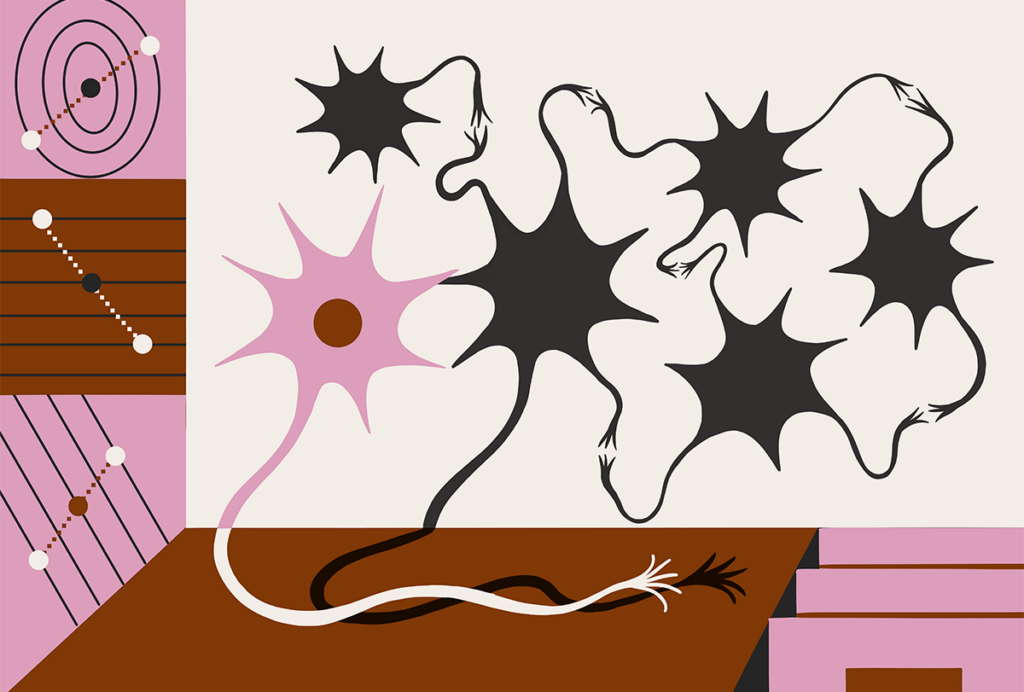Jay Hancock, Senior Correspondent, joined KHN in 2012 from The Baltimore Sun, where he wrote a column on business and finance. Previously he covered the State Department and the economics beat for The Sun and health care for The Virginian-Pilot of Norfolk and the Daily Press of Newport News. He has a bachelor’s degree from Colgate University and a master’s in journalism from Northwestern University.
Jay Hancock
From this contributor
Health companies gave generously to President Trump’s inauguration
Facing acute risks to their businesses from Washington policymakers, health companies spent more than $2 million to buy access to the incoming Trump administration via candlelight dinners, black-tie balls and other inauguration events.

Health companies gave generously to President Trump’s inauguration
Explore more from The Transmitter
This paper changed my life: Nancy Padilla-Coreano on learning the value of population coding
The 2013 Nature paper by Mattia Rigotti and his colleagues revealed how mixed selectivity neurons—cells that are not selectively tuned to a stimulus—play a key role in cognition.

This paper changed my life: Nancy Padilla-Coreano on learning the value of population coding
The 2013 Nature paper by Mattia Rigotti and his colleagues revealed how mixed selectivity neurons—cells that are not selectively tuned to a stimulus—play a key role in cognition.
Genetic profiles separate early, late autism diagnoses
Age at diagnosis reflects underlying differences in common genetic variants and developmental trajectories among people with autism.

Genetic profiles separate early, late autism diagnoses
Age at diagnosis reflects underlying differences in common genetic variants and developmental trajectories among people with autism.
To persist, memories surf molecular waves from thalamus to cortex
During the later stages of learning, the mouse brain progressively activates transcriptional regulators that drive memory consolidation.

To persist, memories surf molecular waves from thalamus to cortex
During the later stages of learning, the mouse brain progressively activates transcriptional regulators that drive memory consolidation.